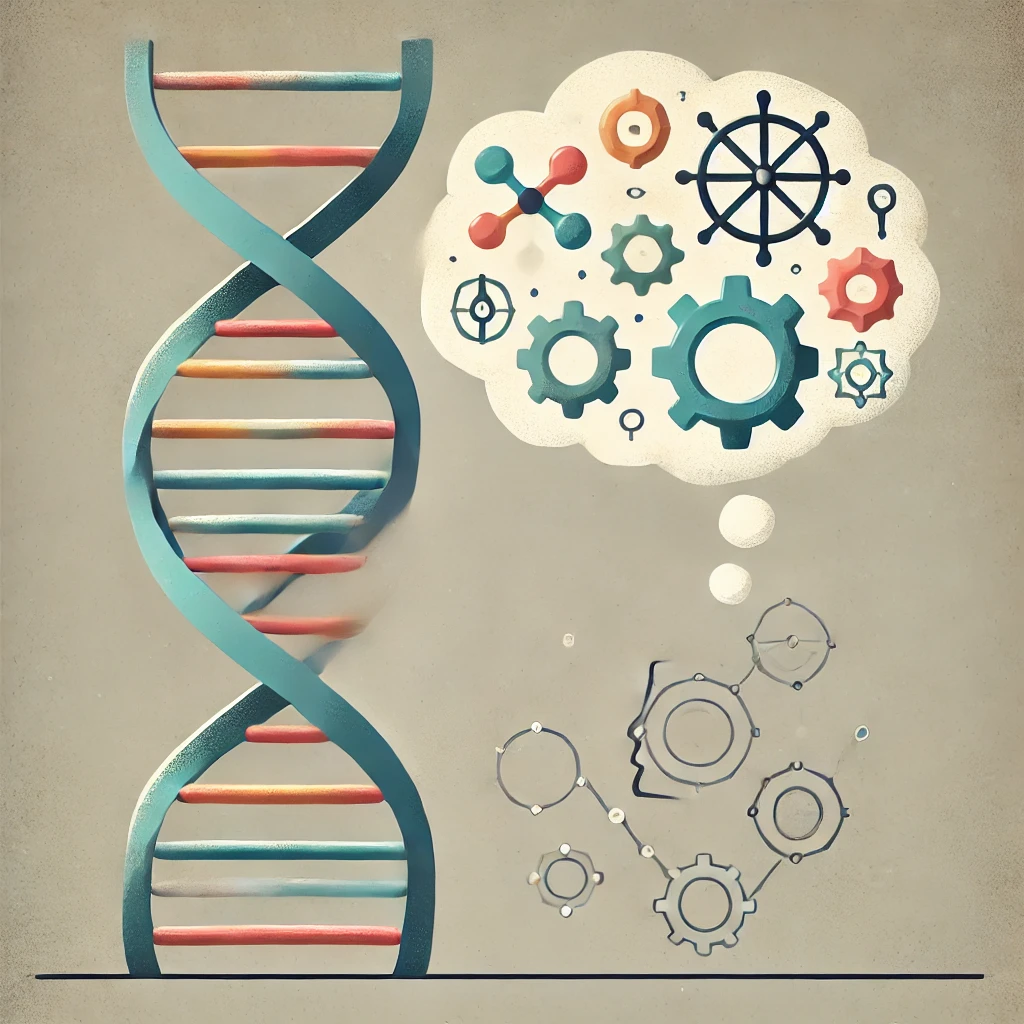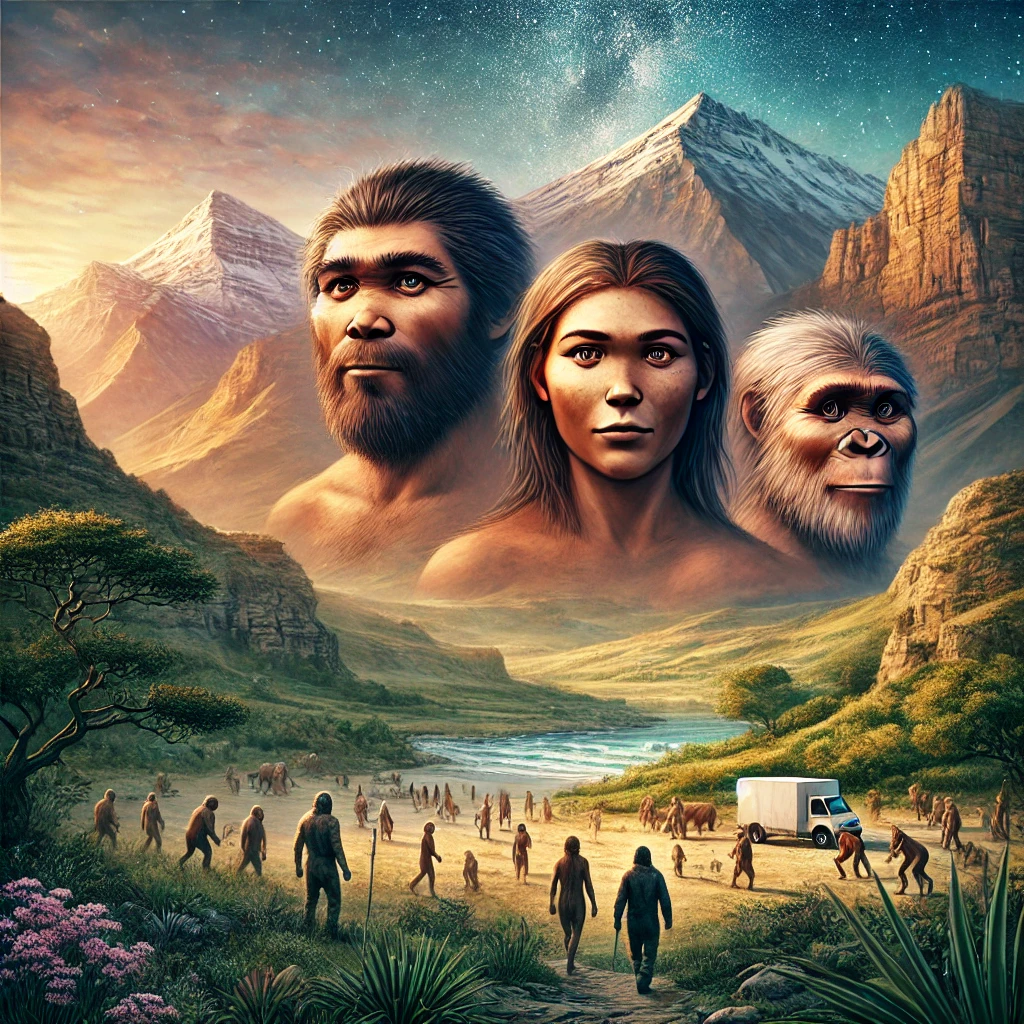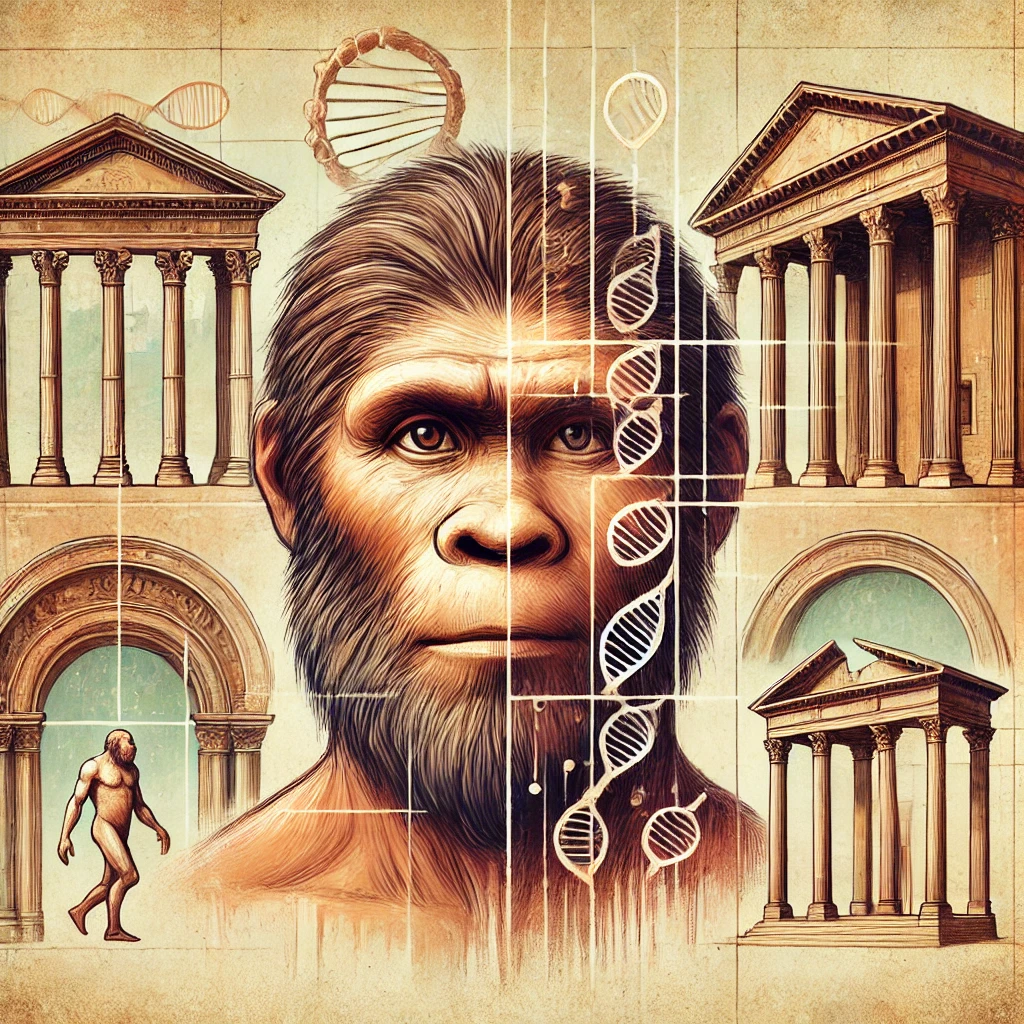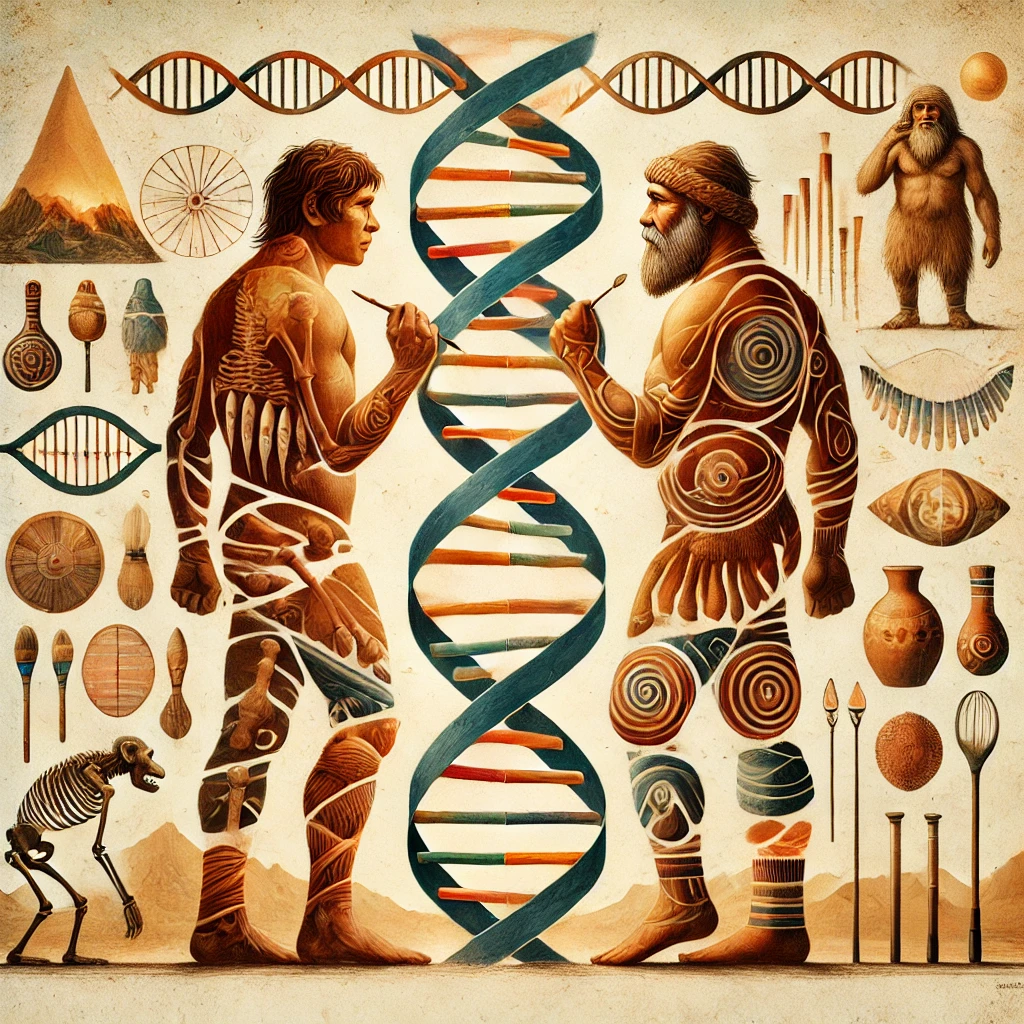The Dichotomy’s Dual Legacy
The dichotomy’s historical contributions are undeniable. The Western emphasis on reason, individualism, and scientific inquiry propelled technological advancement and democratic ideals, epitomized by figures like Newton and the frameworks of modern governance. Conversely, Eastern philosophies, with their focus on harmony, interconnectedness, and spiritual balance, offered holistic paradigms, as seen in Lao Tzu’s Tao or Buddhist concepts of interdependence. These traditions enriched art, psychology, education, and environmental thought, providing diverse tools to navigate human existence.
Yet, this divide also bred exploitation and cultural erasure, particularly during colonialism, when Western powers imposed their frameworks on Eastern societies, marginalizing indigenous wisdom. The reductionist Western approach to nature as a resource, for instance, contrasts sharply with Eastern ecological reverence, yet both have shaped today’s environmental crises and responses. Similarly, the tension between individual rights and collective welfare continues to challenge global politics and economics.
Toward a Synthesis of Strengths
The solution lies in transcending the dichotomy. Consider sustainable development: integrating Western technological innovation with Eastern ecological principles could yield renewable energy systems that respect planetary boundaries. Similarly, in governance, blending Western democratic accountability with Eastern communitarian values might address inequality while fostering social cohesion.
Education offers another avenue. Marrying Western critical thinking and Eastern emphasis on moral and communal growth could cultivate well-rounded individuals capable of both innovation and empathy. The global success of mindfulness practices—rooted in Eastern traditions yet adapted in Western psychology—exemplifies such synthesis, enhancing mental health through a fusion of introspection and scientific validation.
Reimagining the Dichotomy
Importantly, the dichotomy itself is a cultural construct, not an immutable divide. History reveals countless cross-pollinations: Greek thought influenced Islamic scholars like Ibn Sina, whose works later shaped European Renaissance thinkers. Similarly, modern Eastern nations like Japan and South Korea have blended Western industrialization with traditional values, creating unique socio-economic models. These examples underscore the fluidity of cultural exchange and the potential for hybridity.
In a globalized world, rigid distinctions between “West” and “East” are increasingly obsolete. Climate change, pandemics, and digital interconnectedness demand collaborative solutions that draw on diverse wisdom. The Eastern concept of “unity in diversity” and the Western ideal of pluralism both advocate for coexistence, suggesting shared ground.
A Call for Dialogue and Integration
Moving forward requires humility and dialogue. Acknowledging the harms of cultural hegemony, we must elevate marginalized voices and rediscover suppressed knowledge. For instance, Indigenous ecological practices, often overshadowed by Western science, offer vital insights for sustainability. Similarly, Eastern philosophies of non-duality could temper the excesses of hyper-individualism, promoting ethical technology use.
This synthesis is not a mere compromise but a creative integration. Artists like Yoko Ono or architects like Zaha Hadid have already bridged cultural divides, merging avant-garde innovation with holistic design. In business, social enterprises blend profit motives with communal well-being, reflecting a fusion of Western entrepreneurship and Eastern collectivism.
Conclusion: A Vision of Harmonious Pluralism
The Western-Eastern dichotomy, while historically divisive, holds the seeds of a richer, more equitable future. By embracing the complexity of human experience, we can move beyond binary thinking to a paradigm of harmonious pluralism—one where reason and spirituality, individual rights and communal bonds, progress and sustainability coexist.
This vision demands courage to challenge entrenched ideologies and openness to learning across cultures. As the poet Tagore envisioned, a world where “the clear stream of reason” meets “the depth of the heart” offers hope for addressing humanity’s greatest challenges. Let us strive not for a monolithic global culture, but for a tapestry woven from the threads of all traditions, creating a resilient and inclusive civilization for generations to come.
Synthesizing the Western-Eastern Dichotomy for a Global Future**

The Western-Eastern dichotomy, a dynamic interplay of contrasting philosophies, has indelibly shaped human civilization. From the ancient intellectual legacies of Greece and China to the complexities of modernity, this divide has fostered both profound innovation and enduring conflict. As we conclude this exploration, it becomes evident that the path forward lies not in perpetuating this binary but in cultivating a synthesis that harmonizes the strengths of both traditions, fostering a more inclusive and resilient global society.
In this spirit, the Western-Eastern dichotomy ceases to be a divide and becomes a dialogue—a dynamic conversation that enriches our collective journey toward understanding, justice, and shared flourishing.
Deer Reader,
We are going to explore the basis of cultural differences between Eastern And Western societies, in detail.
Genetic Legacies: Neanderthal and Denisovan Contributions to Western and Eastern Cultural Divergence

Introduction
Human history is not solely a narrative of Homo sapiens; it is also intertwined with the legacies of other hominin species such as Neanderthals and Denisovans. Approximately thirty thousand years ago, these distinct human species coexisted and interbred, leaving traces of their genetic material in modern populations. Contemporary studies reveal that Western societies carry up to 4% Neanderthal DNA, while certain Eastern populations harbor Denisovan genetic contributions. This essay explores the hypothesis that these ancient genetic interminglings may have played a role in shaping the cultural and societal differences observed between Western and Eastern civilizations today. By delving into genetic influences on cognition, behavior, and social structures, we examine whether these genetic legacies contribute to the divergent worldviews and cultural practices of the West and East.
Neanderthal Genetics and Western Societies

Neanderthals, who inhabited Europe and parts of Western Asia, left a significant genetic footprint in modern Western populations. Up to 4% of the genomes of people of European and Asian descent are derived from Neanderthals. Research has identified specific Neanderthal genes that influence various aspects of modern human physiology and behavior, including immune response, skin pigmentation, and even certain cognitive traits.
Cognitive and Behavioral Influences
One area of interest is the potential impact of Neanderthal genes on cognitive functions and behavioral tendencies. Some studies suggest that Neanderthal genetic variants are associated with increased susceptibility to neurological conditions such as depression and anxiety. Conversely, other variants may contribute to enhanced sensory perception or resilience to environmental stressors. These genetic traits could have subtly influenced the development of Western societies by shaping individual behaviors and social interactions.
For instance, the emphasis on individualism and innovation in Western cultures might be partially attributed to genetic predispositions for certain cognitive flexibility and problem-solving abilities inherited from Neanderthals. Enhanced sensory perception could have contributed to the rich artistic and scientific achievements characteristic of Western civilizations, fostering environments where creativity and exploration thrived.
Social Structures and Hierarchies
Neanderthal genes may also influence social behaviors that underpin Western societal structures. Traits related to social hierarchy, leadership, and competitive drive could have been subtly shaped by Neanderthal genetic contributions. This genetic legacy might support the development of organized political systems, economic competition, and the value placed on individual achievement and meritocracy prevalent in Western cultures.
Denisovan Genetics and Eastern Societies

Denisovans, whose remains have been primarily found in Siberia and parts of Asia, have contributed genetic material to modern populations, particularly those in East Asia, Southeast Asia, and Oceania. Denisovan DNA is less widespread compared to Neanderthal contributions but is significant in specific populations, influencing traits such as altitude adaptation, immune response, and certain metabolic processes.
Cognitive and Behavioral Influences
Denisovan genetic variants have been linked to adaptations that enhance cognitive and behavioral flexibility in challenging environments. For example, genes associated with high-altitude adaptation in Tibetan populations suggest a capacity for resilience and adaptability, traits that are beneficial in diverse and dynamic social settings. These genetic influences could have fostered communal harmony and collective problem-solving skills, aligning with the collectivist values observed in many Eastern societies.
Moreover, certain Denisovan genes are implicated in neurotransmitter regulation, potentially affecting social cognition and empathy. Enhanced social cohesion and interdependence, key features of Eastern cultures, might be supported by these genetic predispositions, facilitating cooperative behaviors and the maintenance of intricate social networks.
Social Structures and Harmony
Denisovan genetic contributions may underpin the emphasis on social harmony and hierarchical respect seen in Eastern civilizations. Traits that promote empathy, patience, and long-term planning can enhance the effectiveness of collective decision-making and governance structures that prioritize societal well-being over individual ambition. This genetic legacy could complement cultural philosophies such as Confucianism and Buddhism, which emphasize balance, respect for authority, and community cohesion.
Interplay Between Genetics and Culture

While the genetic contributions from Neanderthals and Denisovans provide a fascinating lens to examine cultural differences, it is essential to recognize that culture is a complex interplay of genetic, environmental, historical, and social factors. Genetics may lay the groundwork for certain predispositions, but cultural practices, historical events, and environmental conditions play pivotal roles in shaping societies.
Gene-Culture Coevolution
The concept of gene-culture coevolution posits that genetic and cultural evolution influence each other reciprocally. For example, as Neanderthal genes influenced cognitive and behavioral traits that favored individualism and innovation, Western cultural practices such as democratic governance and scientific inquiry may have further reinforced these genetic tendencies. Similarly, Denisovan genetic influences on empathy and social cohesion could have synergized with Eastern cultural values, promoting harmonious and collectivist societies.
Examples and Case Studies
Consider the Western emphasis on innovation and technological advancement. Neanderthal genetic traits that enhance problem-solving and sensory perception might have provided a subtle advantage in scientific and artistic endeavors. This genetic predisposition, coupled with cultural values that reward creativity and exploration, could explain the prolific contributions of Western societies to technology, science, and the arts.
In contrast, the Eastern focus on social harmony and community well-being can be viewed through the lens of Denisovan genetic influences that promote empathy and collective resilience. These traits, integrated with cultural philosophies that prioritize societal balance and respect for hierarchy, contribute to the stability and cohesiveness of Eastern civilizations.
Conclusion
The interbreeding between Homo sapiens, Neanderthals, and Denisovans thirty thousand years ago has left enduring genetic legacies that may subtly influence the cultural and societal differences between Western and Eastern civilizations. Neanderthal genes, prevalent in Western populations, could contribute to traits fostering individualism, innovation, and structured social hierarchies. Conversely, Denisovan genetic contributions in Eastern populations might enhance empathy, social cohesion, and collective problem-solving abilities, aligning with the collectivist values of Eastern cultures.
However, it is crucial to approach this hypothesis with caution, acknowledging that cultural evolution is primarily driven by a myriad of factors beyond genetics, including environment, historical events, and social structures. While genetic legacies from ancient interbreeding provide an intriguing dimension to understanding cultural divergences, they represent just one piece of the complex puzzle that shapes human societies. Future interdisciplinary research combining genetics, anthropology, and cultural studies will further illuminate the intricate connections between our genetic heritage and the diverse cultural landscapes of the modern world.
In summation, the intricate divide between Western and Eastern cultures can be traced back to a complex interplay of historical, social, and philosophical traditions. While the speculative notion of interbreeding among Homo sapiens, Neanderthals, and Denisovans offers an intriguing hypothesis, it serves primarily as a lens through which we can explore the origins of cultural differences. Genetic legacies from these ancient interactions may have introduced subtle variations in cognitive frameworks and behavioral tendencies. Traits associated with individualism, analytical thinking, and hierarchical structures might have taken deeper root in Western populations, potentially shaped by Neanderthal genetic contributions. Similarly, genetic links to Denisovans may have influenced the collectivist, holistic, and socially cohesive values that characterize many Eastern societies.
However, it is essential to view these genetic influences as just one part of the broader picture. The primary drivers of cultural evolution remain environmental conditions, historical events, and the social structures that humans have developed over millennia. While genetics might provide a biological substrate for certain predispositions, cultural norms, shared narratives, and philosophical teachings are the predominant forces that have guided societies along their distinct trajectories.
In an increasingly interconnected world, recognizing the complementarity of these cultural perspectives can foster mutual understanding and respect. By appreciating these differences not as insurmountable divides, but as a testament to the diversity and adaptability of human societies, we can improve cross-cultural communication, deepen global cooperation, and expand our collective understanding of human behavior. The ongoing interdisciplinary research into the intersections of genetics, anthropology, and cultural studies holds great promise for further unraveling the nuances of these cultural legacies, allowing us to celebrate and learn from the rich tapestry of global civilizations.